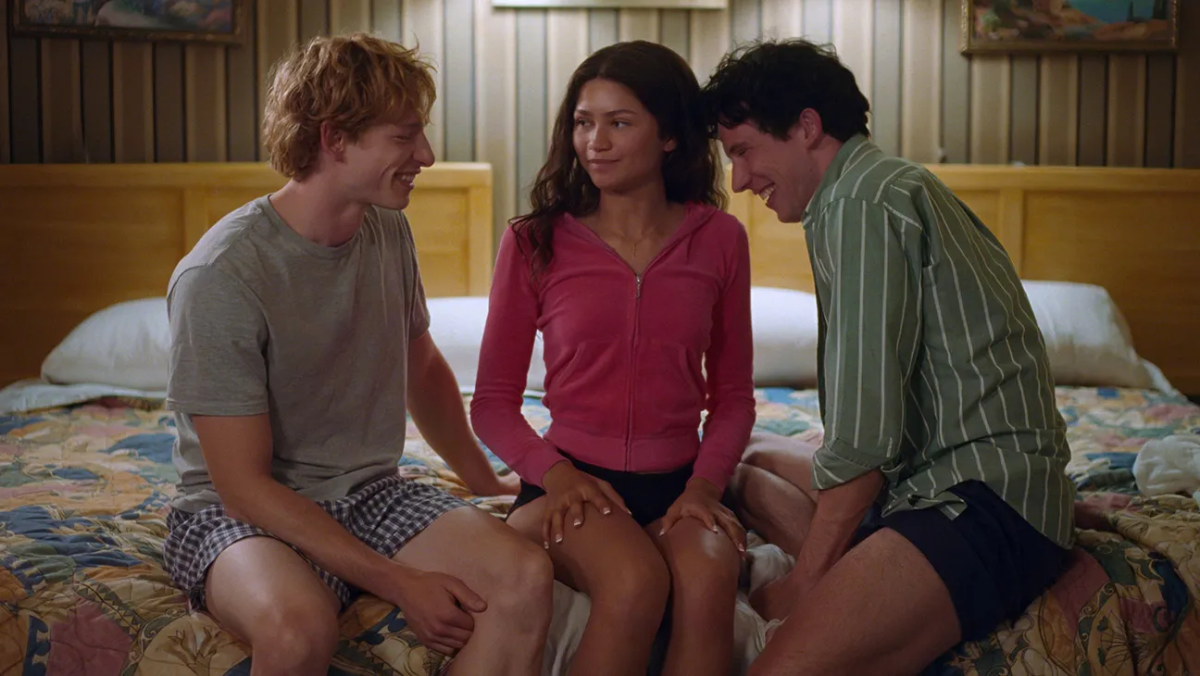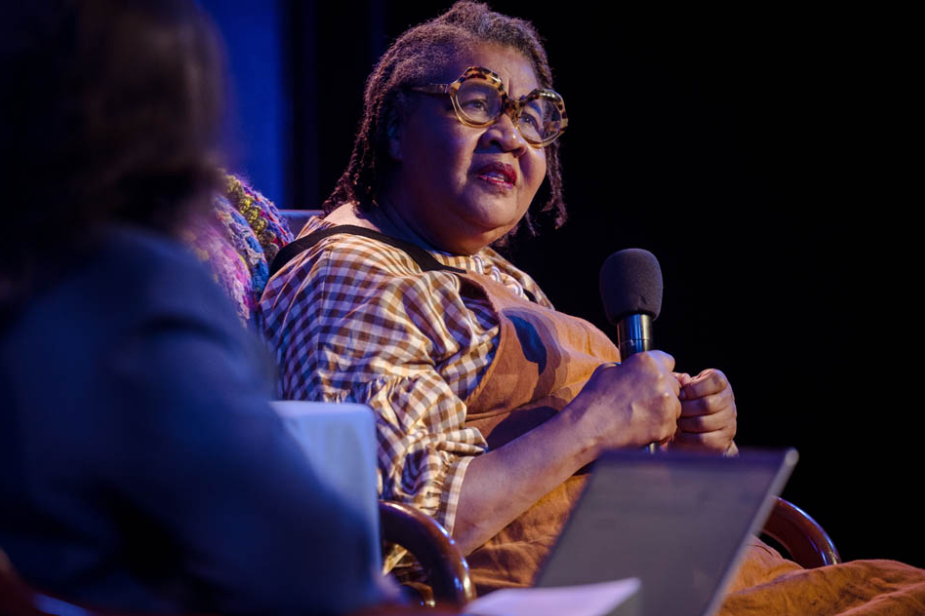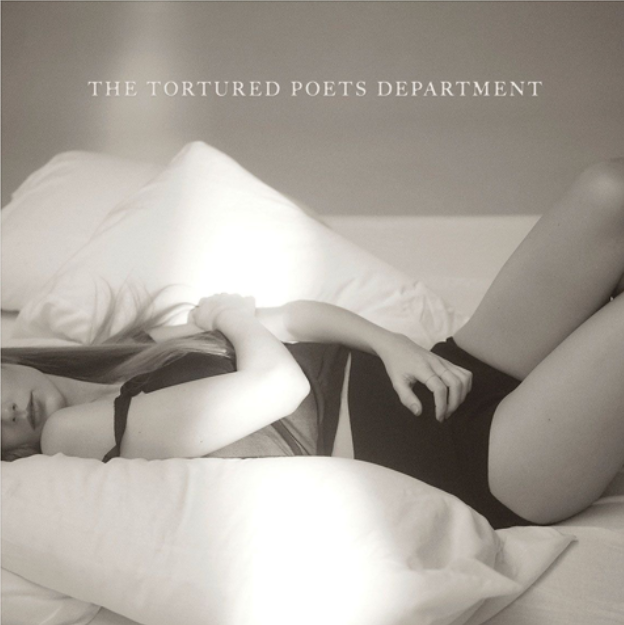Bong Joon Ho, the critically acclaimed director of the award-winning Korean film Parasite, once said, “Once you overcome the one-inch tall barrier of subtitles, you will be introduced to so many more amazing films.” I have seen that by just getting past the language barrier, people are exposed to beautiful cinema that ascends beyond genre and language itself. This was just the experience I had when watching the French-language legal drama “Anatomy of Fall,” written and directed by Justin Triet.
“Anatomy of a Fall” stars Sandra Huller as Sandra, a wife and mother on trial for the mysterious death of her husband, Samuel, played by Samuel Theiss. The film follows Sandra as she works with her lawyers to prove her innocence, even when the entire world wants nothing more than to blame her for this crime.
Sandra is a German woman living in France, so she does not have full control over the French language like those around her. This means that English is often used as an intermediary for the characters to speak in and understand. The film weaves together its beautiful dialogue in French and English, making it an enjoyable and exciting film to watch no matter a person’s first language.
The first half of the movie shows viewers how Samuel dies and how everyone in his immediate vicinity reacts and responds. True to its name, “Anatomy of a Fall” is what really happens as Sandra, and more importantly, the police, dissect everything that happened before her husband fell from their attic and died.
Viewers see that, even from the very beginning, no one believes that Sandra is innocent; even her own lawyer, Vincent, played by Swann Arlaud, and son, Daniel, played by Milo Machado Graner, are distrustful. The audience is never entirely sure if they can believe that Sandra should be acquitted for Samuel’s death; it’s this thrilling, uncertain energy that pulls the audience in from the beginning.
Throughout the film, Sandra acts very closed off and admits to omitting information, yet her intentions stay pure; she simply wants to make sure she can be there for her son. Viewers are able to empathize with her concern for her son and are moved to want her to come out of this tragedy safely.
The second half of the film revolves around the trial itself, filled with lengthy monologues and debates on the ideas of innocence and guilt. Since the days of “12 Angry Men,” courtroom debates on innocence have always been difficult to fully encapsulate, but “Anatomy of a Fall” rises to the challenge by portraying its defendant intelligently by showing that no one is truly innocent. Sandra does her best to not look guilty in front of the judges and jury by speaking in their language and always using more feminine words. While doing this, her legal team ensures that her defense is vicious and cunning, making sure they still have a chance at winning.
The cruelty that the audience witnesses from the prosecution team and the judges again shows the film’s motif of a lack of innocence. The lead prosecutor attacks Sandra and those defending her on the stand with rapid-fire questions and incessant needling, making them all wildly uncomfortable, while the judges do not give the defense any breathing room to fight back, making a win seem even more impossible as the story continues.
At its core, “Anatomy of a Fall” is a story of duality; how a victim can be a perpetrator, how lies can give rise to truth and how even the kindest of people can harbor cruel intentions. Sometimes, proving one’s innocence is not actually about being innocent, just looking like one is.
However, the film is not without its flaws. While the movie does have a serious runtime of two hours and 30 minutes, the first half moves very fast, introducing us to the film’s colorful cast of characters and seamlessly transitioning between the different points of view. Triet is able to maintain this pacing for most of the courtroom scenes, stitching moments from inside and outside of the courtroom together. After the trial is finished, the film reaches a very natural ending point, yet, strangely, there are still 20 minutes remaining.
It is clear that the director feels the need to tie off some loose ends more concretely than they were tied off in the courtroom. Sandra has very long, slow conversations with both Vincent and Daniel. These talks don’t really have a point, more just to let these great actors flex their acting chops, but they’re still enjoyable to watch. The movie was beginning to overstay its welcome, but ends quite nicely, still letting the audience come off the adrenaline from the courtroom.
“Anatomy of a Fall” is a worthwhile transitional film for those wanting to dive more into foreign language films. As a film nominated for the Best Picture Oscar this year, you can be sure that you’ll be experiencing a true work of art.


![The Teskey Brothers [Crew] gather together for a curtain call in front of a raucous St. Louis crowd after a two-song encore. (Photo courtesy of Vertrell Yates / @trellseyephotography)](https://unewsonline.com/wp-content/uploads/2024/05/Screenshot-2024-05-21-232057.png)




